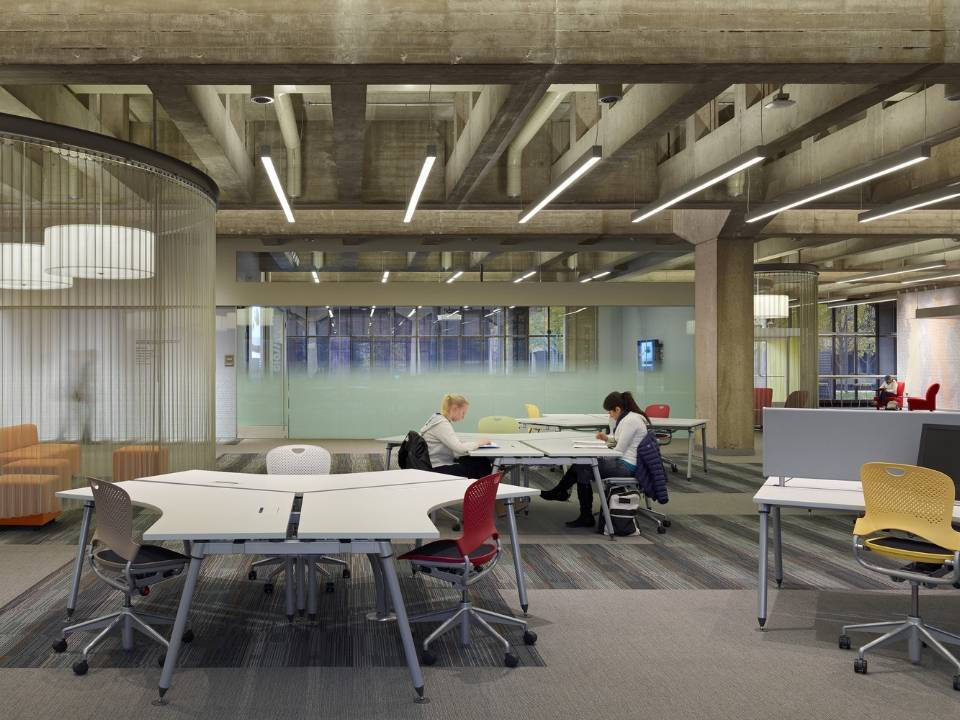
Libraries play a prominent role in the development of human civilization and the survival of history as it symbolizes the repository of human wisdom. With the development of the times, libraries have gradually become a key symbol of the cultural prosperity of a city.
As a result, library construction is always an eye-catching program no matter it is a newly built one or a renovation of classic structures. During the library construction, metal decorative mesh is both aesthetic and functional, creating a spectacular library design.
Our metal decorative mesh for libraries can also serves architectural cladding materials in addition to decoration.
Made of metal materials, our decorative meshes are not easily damaged, malleable and can be designed in various shapes as needed compared with other decorative materials, such as wood, concrete and glass.
Its unique mesh structure creates a sense of transparency while highlighting the features of the building itself. When the sunlight shines on the metal decorative mesh, it gives the library a modern look without compromising its original appeal.
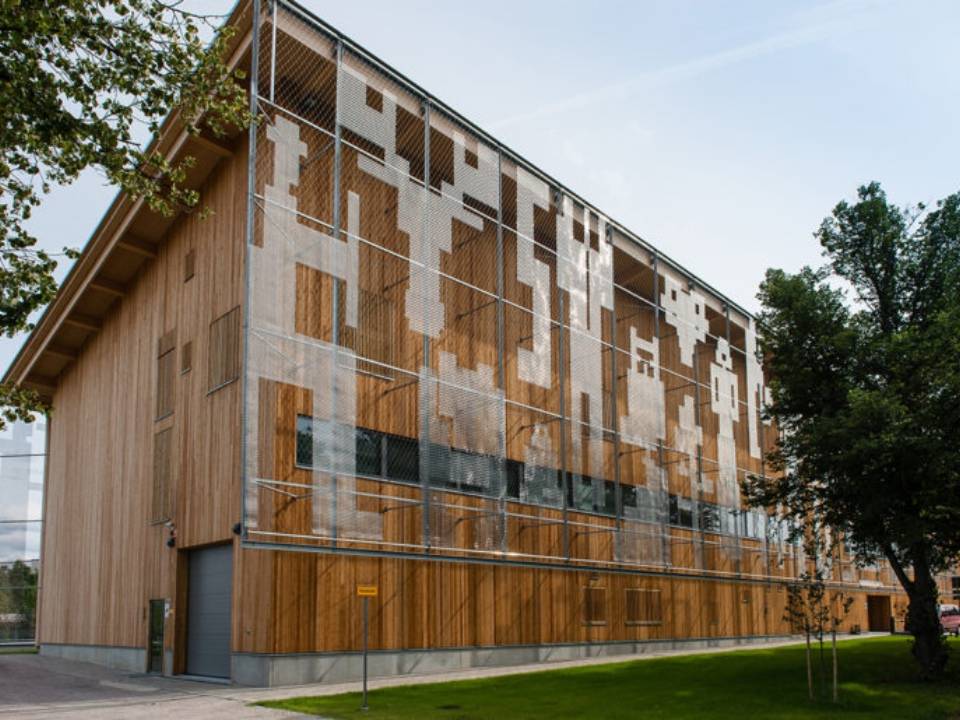
When the light bounces off the metal decorative mesh, it makes the light softer, creating a warm feeling. In addition, metal decorative mesh is not easy to burn and is a fireproof material.
Compared with glass, plaster and other decorative materials, metal decorative mesh is not easy to damage, easy to install and can be designed to match up with the library style.
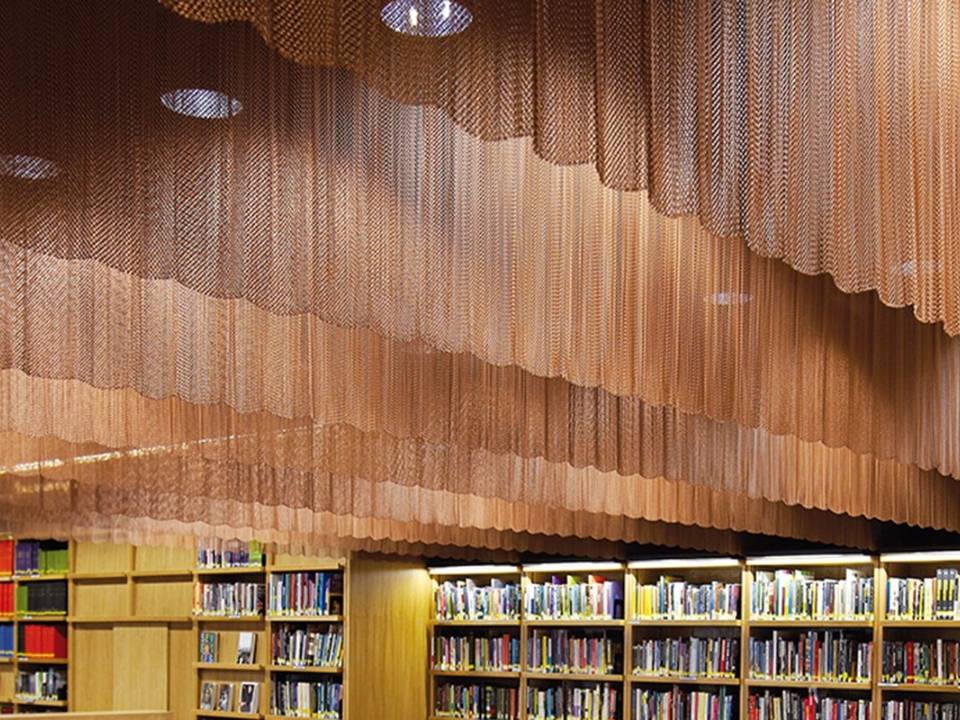
Attached to the exterior walls of the building, metal decorative mesh can be designed into different shapes as needed. Metal decorative mesh is not easy to fall off and has a long service life compared with tile, wood, cement and other cladding materials. Made of metal material, its nonflammable property reduces the risk of fire and complies with the fire code.
In addition, metal decorative mesh performs great fall prevention function. Due to its good rigidity and tensile strength, few people or objects can forcibly pass through the metal mesh. In the case of exterior wall peeling off, metal decorative mesh can slow down and even directly intercept the peeled wall.
Moreover, its metal properties enable the metal decorative mesh to absorb most of the solar energy, reduce thermal conductive heat from entering the interior of the building and cool the building, thus reducing the consumption of cooling energy and realizing the purpose of energy saving and emission reduction.
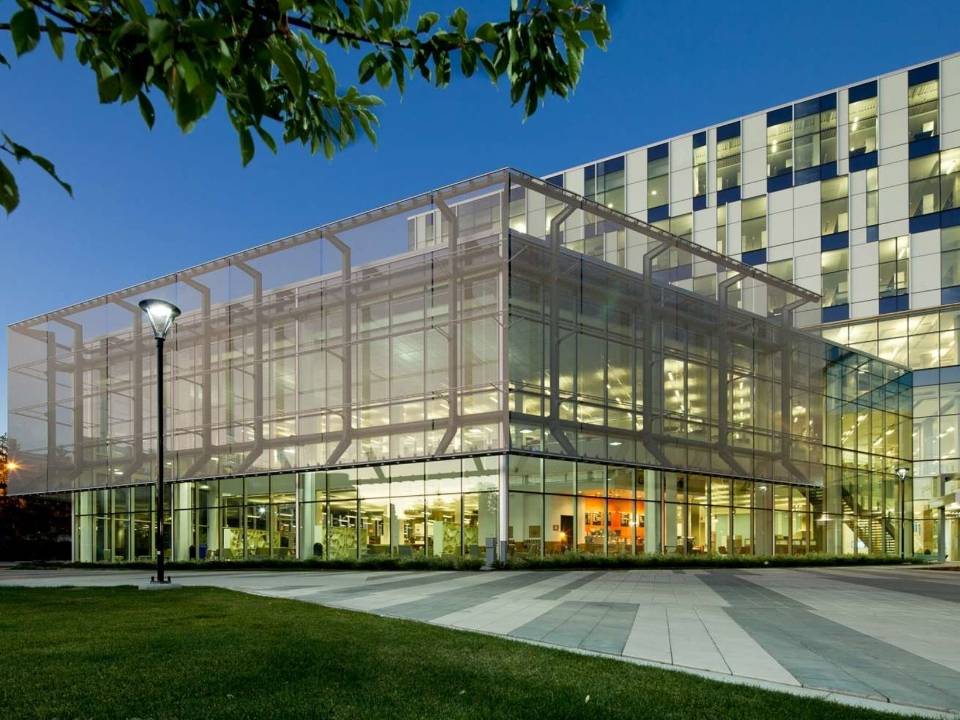
When designing a balustrade system, glass panels and wood are the most common materials for handrails.
Glass panels deliver a sense of transparency. however, it is heavy, easy to damage and has a poor pliability. In comparison, metal decorative mesh has great pliability while offering great transparency. As a result, it can be can be extended along the slope of the stairs and the running track of the rails to effectively avoid material waste. Moreover, metal decorative mesh is lighter than that of glass panels.
Wood delivers a feeling of elegant with classic simplicity. However, its rigidity is far less than that of metal decorative mesh. In addition, wood is susceptible to moisture, causing cracking and deformation. Besides, wood stairs are difficult to clean and maintain.
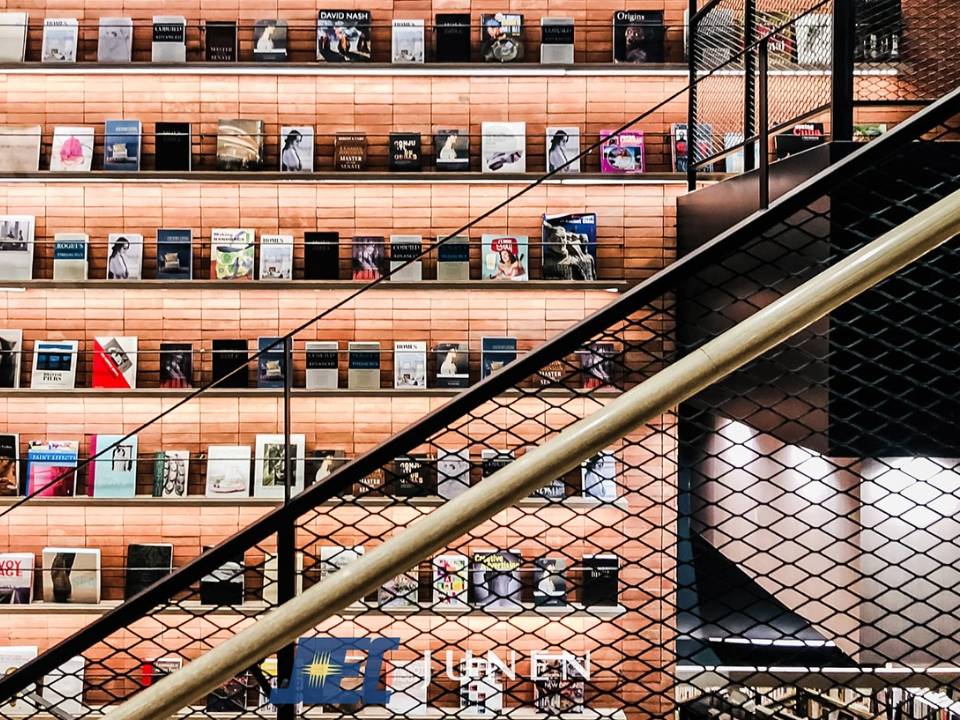
Metal decorative mesh can act as a partition to divide the spaces into learning and resting areas, adding an element of semitransparent privacy to the space. Meanwhile, the retractable metal decorative mesh connects the learning and resting areas, which provides a flexible design and moldability.
Compared with wood, textile and concrete partitions, metal decorative mesh adds texture while maintaining a soft and translucent appearance. Furthermore, it ensures air circulation without affecting the day lighting.
